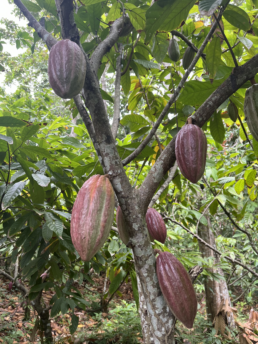Colombia, a tapestry of time
Nightfall Arrival: The Journey Begins
After an hour and a half delay, we landed in the historic city of Cartagena. A pre-booked vehicle from booking.com was waiting to pick us up from the Rafael Núñez International Airport and take us to quaint Casa Claver Loft Boutique Hotel, located in the historic centro within the old city.
Day 1: Delving into History and Culture
Our exploration began with walking through Cartagena’s old city, a UNESCO World Heritage site, and the vibrant Getsemani neighborhood to the Castillo de San Felipe de Barajas — the largest fortification built by the Spaniards in South America. We decided to hire a guide at the gate. The 45-minute tour gave a good overview of the history and strategic powers of the Spanish Empire.
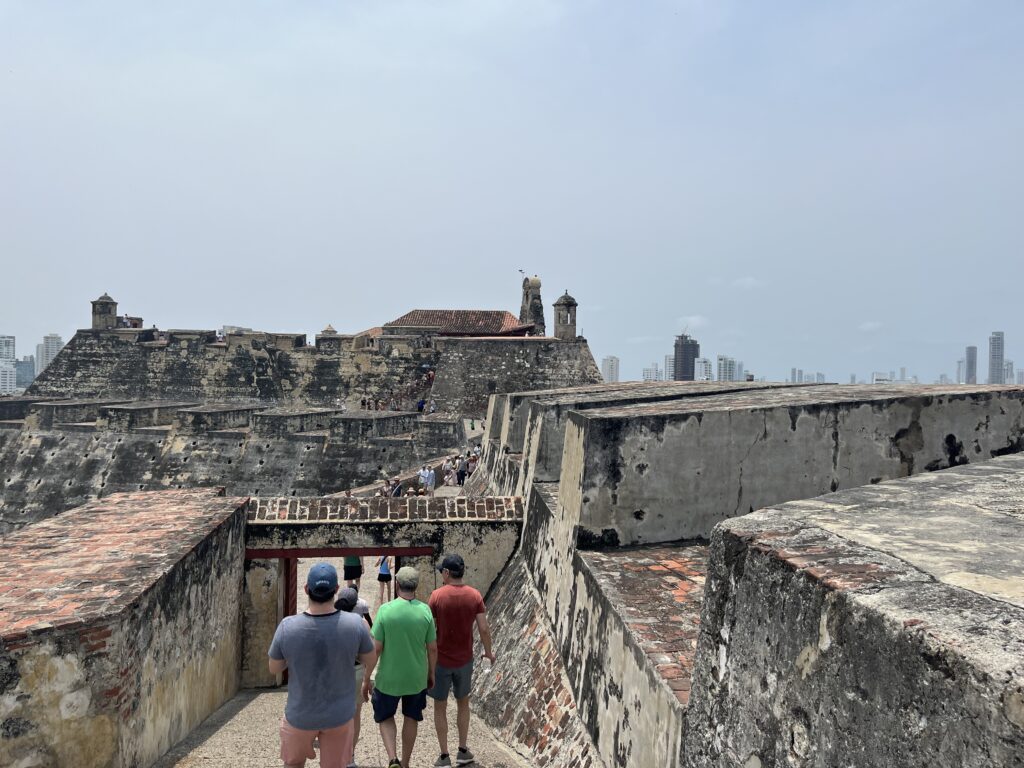
After the tour, we walked back to the bohemian streets of Getsemani to seek a lunch place to relax and cool off. This neighborhood, once a haven for freed slaves, is now an eclectic mix of local life, vibrant street art, and gastronomy.
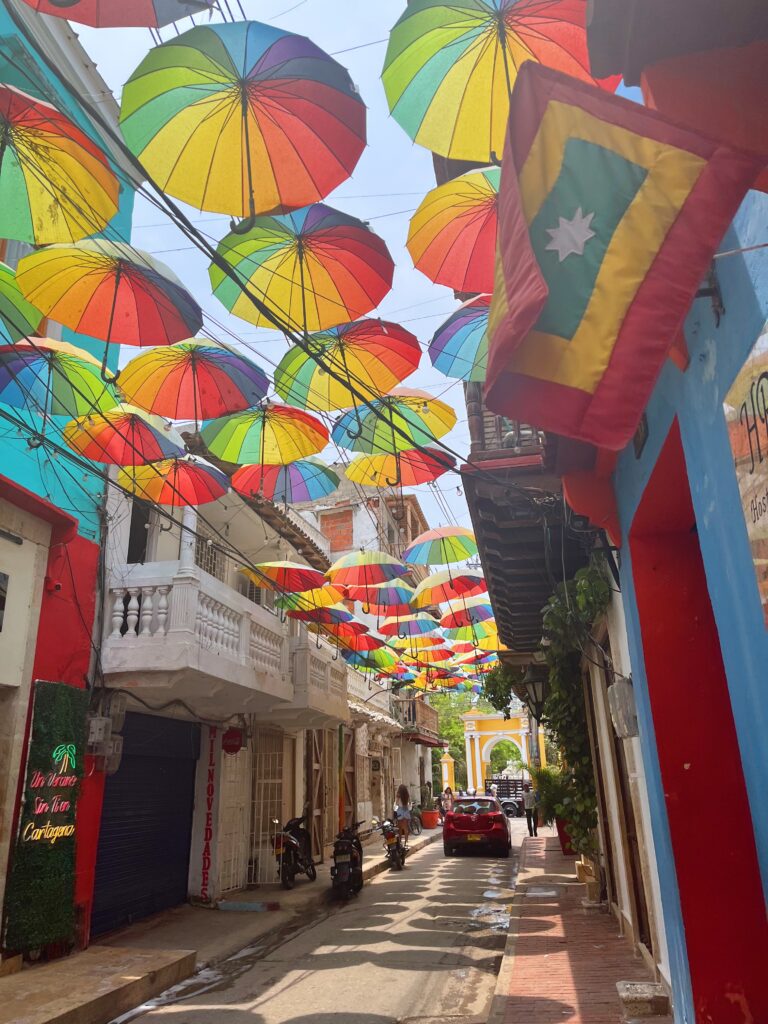

While the rest of the family sought to relax at our hotel's pool, I embraced the allure of Cartagena's old town. The streets were a canvas of Spanish colonial architecture, balconies draped in bougainvillea, and shops with local artisans and designer clothing.
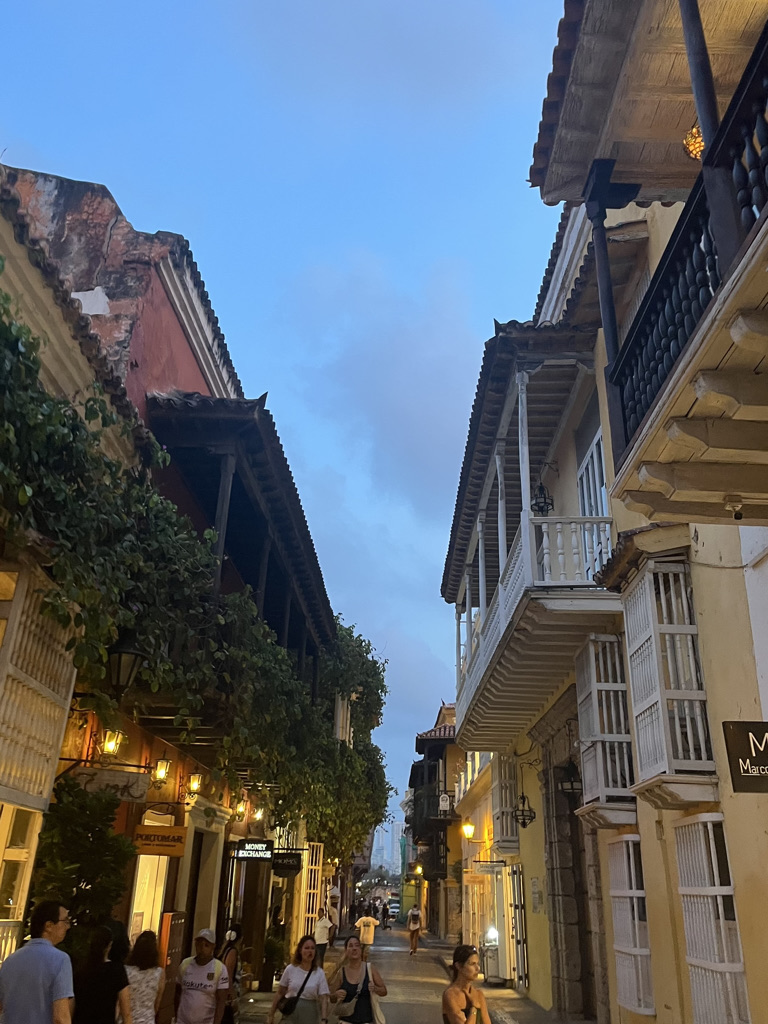
As the evening unfolded, we took a horse-drawn carriage ride along the cobbled streets of the old city as we headed for a culinary experience at Celele, a restaurant that's become synonymous with Getsemani's innovative dining scene.
Celele presented us with a meal that was a celebration of the senses. Among the highlights was a flower salad adorned with a trio of cashews, a dish that was as much a feast for the eyes as for the palate. The smoked swordfish carpaccio followed, an exquisite blend of local flavors and artistic presentation.

After dinner, we strolled back to our hotel through the streets alive with people, music, cars and horse drawn carriages. And, as to end our first day on a high note, we were greeted by a fireworks display right outside our balcony.
Day 2: Rosario Islands
We chartered a boat and set sail for the Rosario Islands, where we spent the day snorkeling and indulging in a delicious lunch on Baru island. We treated ourselves to a beachside massage and rented jet skis. This was a full day excursion and a popular day trip from Cartagena.



After a short break, we got ready for dinner at Cande Concina, a top-notch restaurant in the centro serving up mouthwatering Caribbean dishes. The evening was made even more memorable with a live band and dancers, capping off our fantastic time in Cartagena. This city definitely left a lasting impression and I wouldn’t mind coming back to explore it some more.

Day 3: “On the road again..”
Our original plan: Collect the rental car from the airport in the morning, embark on a scenic drive to Santa Anna, indulge in a leisurely lunch, explore its quaint streets, and then arrive at our El Zaino hotel, nestled near the lush Tayrona National Park, before nightfall.
Our reality: we embraced a slow morning, eventually making our way to the airport. Time ticked away at the car rental, and it was nearly noon when we finally set off. We decided to stop half way at Baranquilla for lunch. Yet, without advance plan or dining spot in this unfamiliar city, we found ourselves driving amid mopeds and crowds of people zipping through traffic, streets lined with garbage, and we felt completely out of our element. After a futile thirty-minute quest for a safe lunch locale, we decided to get out and drive to Santa Marta.
We rolled in around four o’clock, awkwardly sandwiched between meal times. The city was quiet, a national holiday causing most stores to be closed. Eventually, we found a restaurant to grab an early dinner, after which we had another 40 minute drive to our final destination. When we finally got to our hotel, Senda Watapuy, we were greeted by a beautiful and serene jungle oasis, with straw thatched roofs and a big pool with an amazing view of the Sierra Nevada of Santa Marta. We had a welcome drink of fresh watermelon juice and bruschetta and dipped in a warm pool to relax after a long drive.
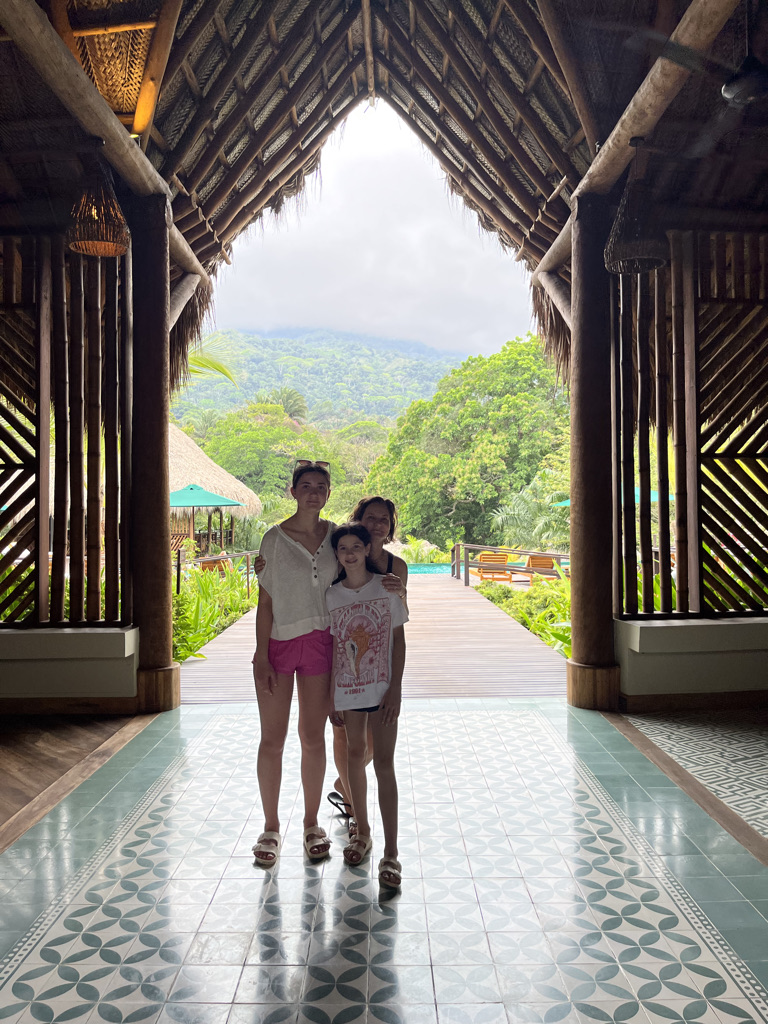
Day 4: Rest and Relax
After a slow relaxing morning, we met a guide who led us on a short walk to a small, family chocolate farm where we got to not only see and learn about the cocoa plants, but try our hand at roasting, grinding and making chocolate. Hopefully, we’ll use the guidance to replicate the recipe at home. We spent the rest of the day enjoying the sun, pool and the jungle views and sounds from our hotel.
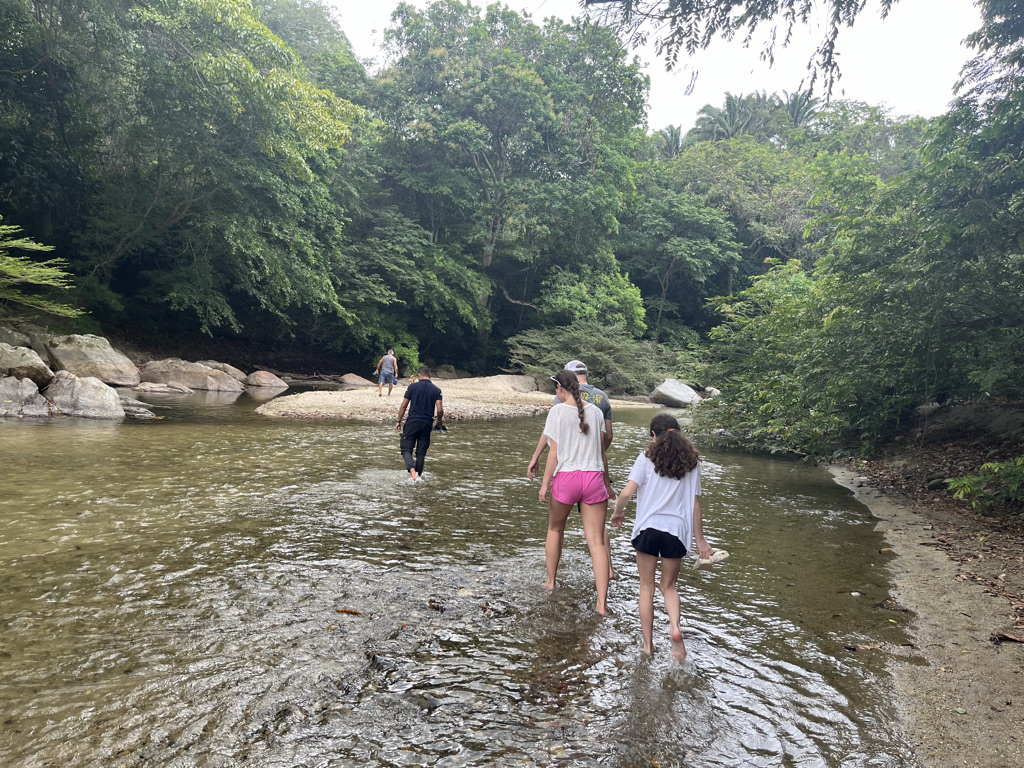



Day 5 : Tayrona National Park
Little did we know, the hotel was just a quick drive away from the El Zaino entrance to the Tayrona National Park. We arrived at 7:45 am and after a short wait in line to grab our entrance tickets and parking pass, we were good to go. The parking lot is about 5 km from the entrance, and while it’s small, we lucked out and found a spot easily.
There are several beaches you can hike to, with the most famous being Cabo San Juan, which is about a 2-hour trek one way. We didn’t make it that far, but we did reach La Piscina, which was about a 1.5 hour walk each way. It’s a beautiful beach with great snorkeling (you can rent gear right on the beach) and a few food options. On the way back, if you’re feeling too worn out to walk, you can always hire a horse for a ride back. We opted for the hike and were treated to an encounter with a tribe of white-headed capuchin monkeys that are unique to the area.
After our hike, we were hot, tired, but happy. We spent the rest of the evening relaxing before heading to dinner at the nearby sister hotel, Casa Tayrona.
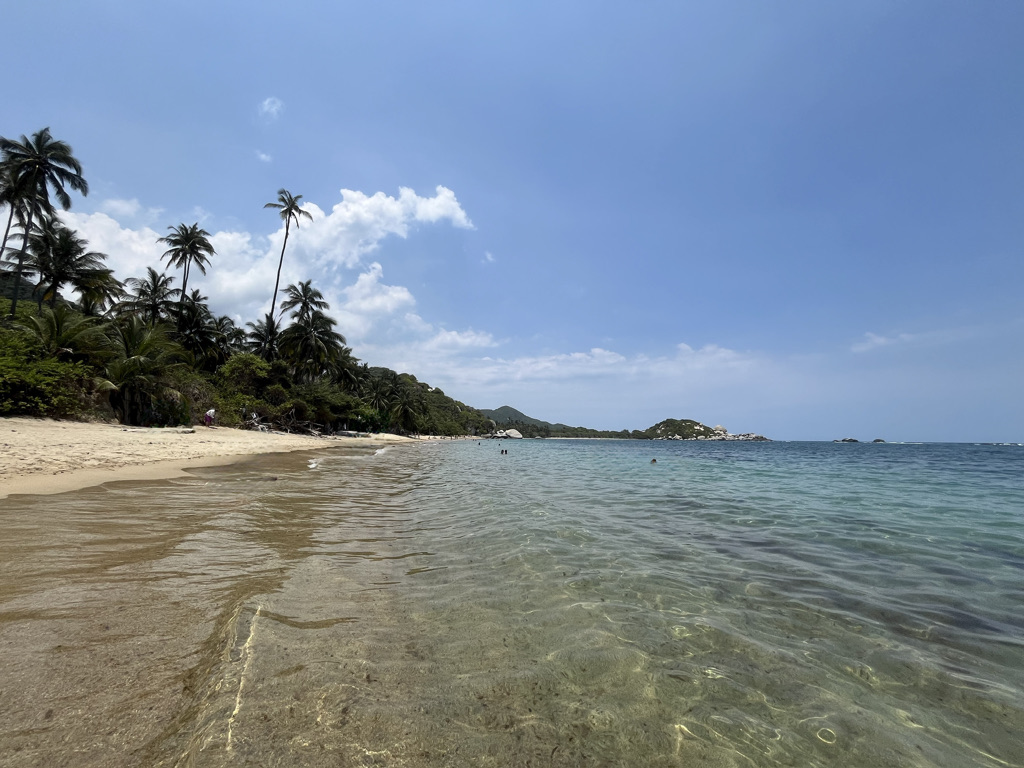





Day 6: Indigenous cultures and tubing on Don Diego River
The Tayrona National Park and Sierra Nevada Mountains of Santa Marta are home to a Native Indian population indigenous to the area. With the help of a tour guide, we had the incredible opportunity to meet a family from the Arhuacos community, one of four indigenous groups in the region, including the Kogi, Wiwa, and Kancuamos. They graciously opened their home to visitors eager to learn about their lifestyle and traditions.
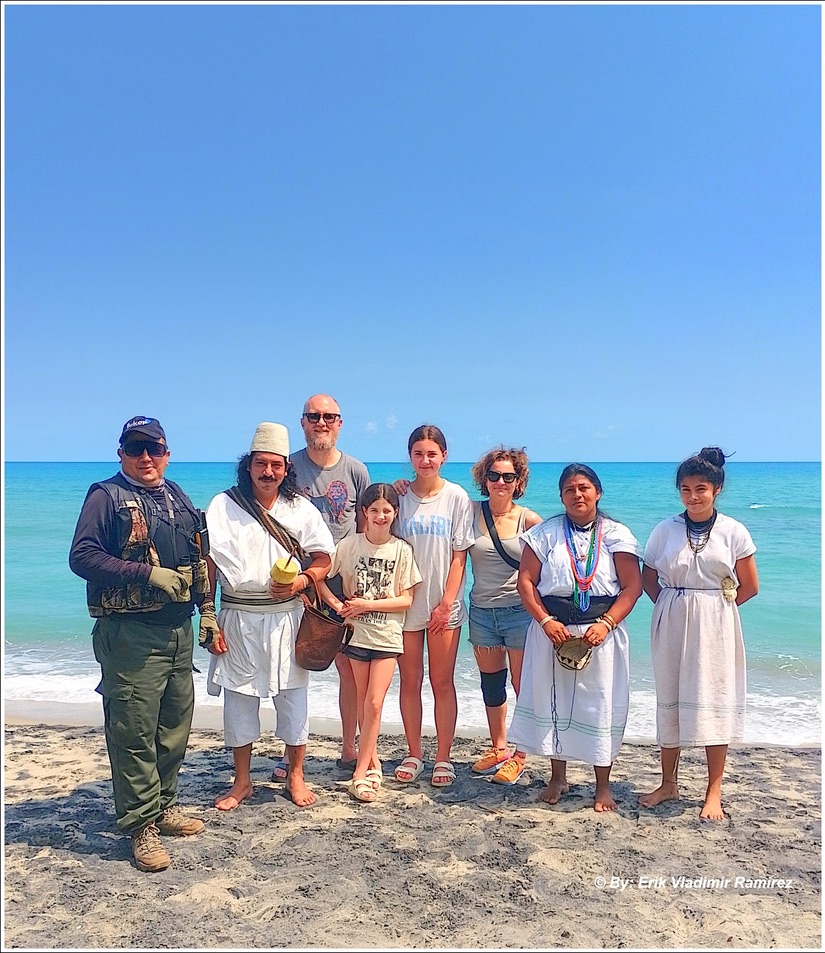
Sitting in their backyard on the beach, we were surrounded by the family, dressed in traditional white garments woven from sheep's wool, symbolizing the snow. The man wore a conical-shaped hat representing the mountain peaks, and his long hair underneath symbolized the river. It was a fascinating and educational experience as we asked questions about their life, beliefs, and family.
They shared with us that they consider the Sierra Nevada to be the heart of the world and see themselves as "the big brother" whose role is to protect the balance between the earth, humans, and the spiritual world. Our host expressed his concern about the damage caused by outsiders, or "the little brother," and said he views it as his job to help heal it.
While we chatted, the man's wife was busy weaving an Arhuaco traditional bag, a process entirely DIY from sheep clippings to a workable thread. Meanwhile, her sister, who had come down from another settlement up in the mountains to stay and visit for a bit, was tending to her toddler. Anna, the wife, took us to a small women's co-op near her village, where I purchased my own Arhuaco bag as a memorable souvenir from Colombia.
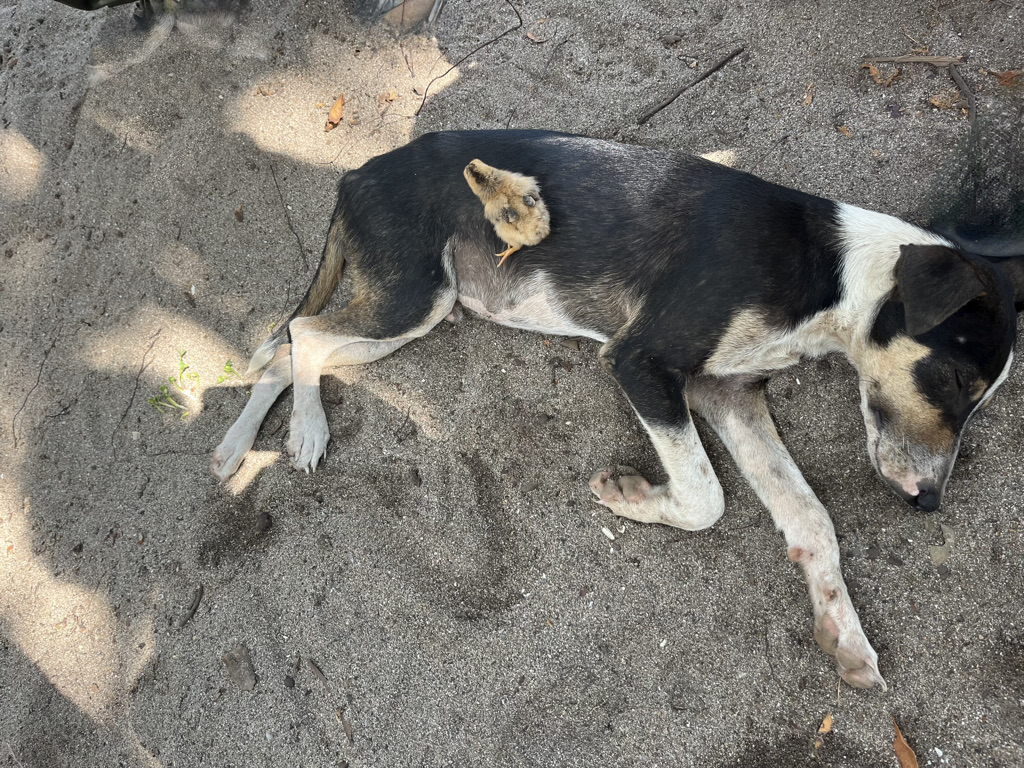

After our visit, our guide drove us to the Taironaka nature reserve, an area of great cultural and historical significance for the Tayrona culture. After a short hike through a lush jungle, we saw restored terraces where the indigenous people once built their homes, as well as an archaeological museum filled with original artifacts.
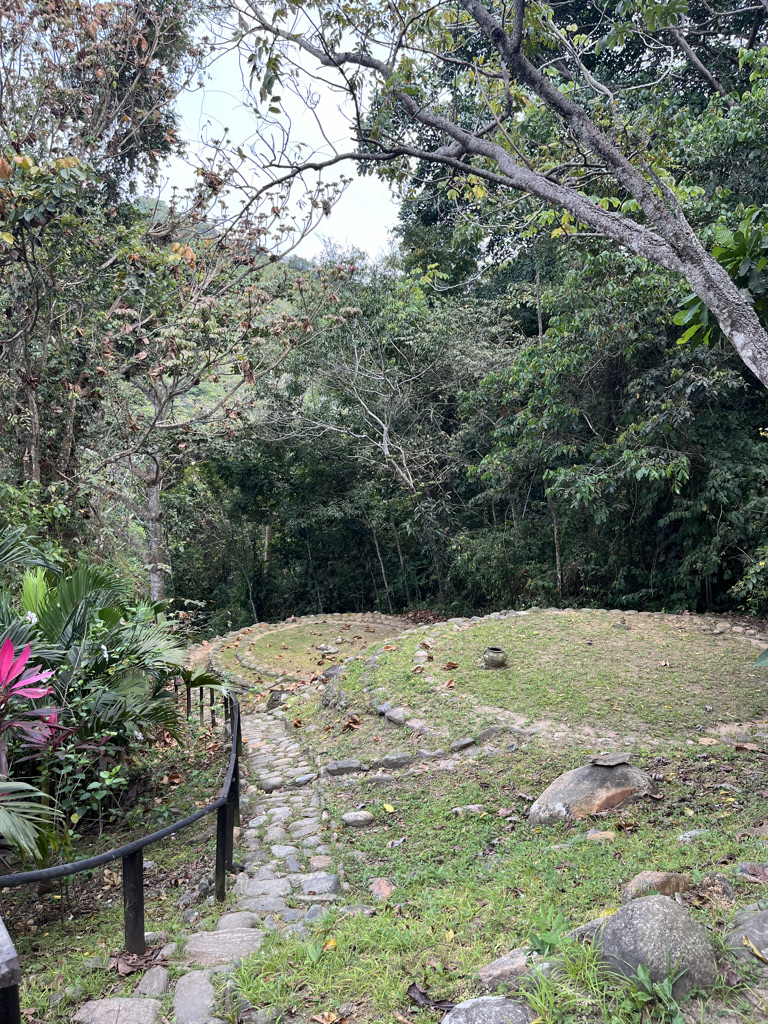
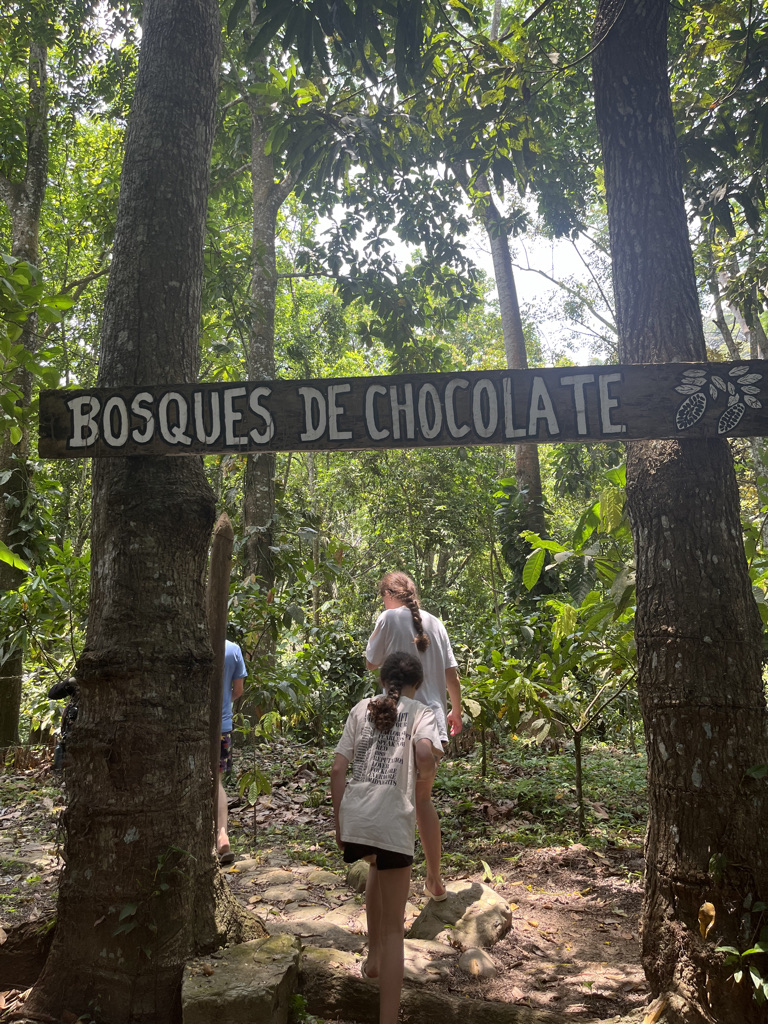
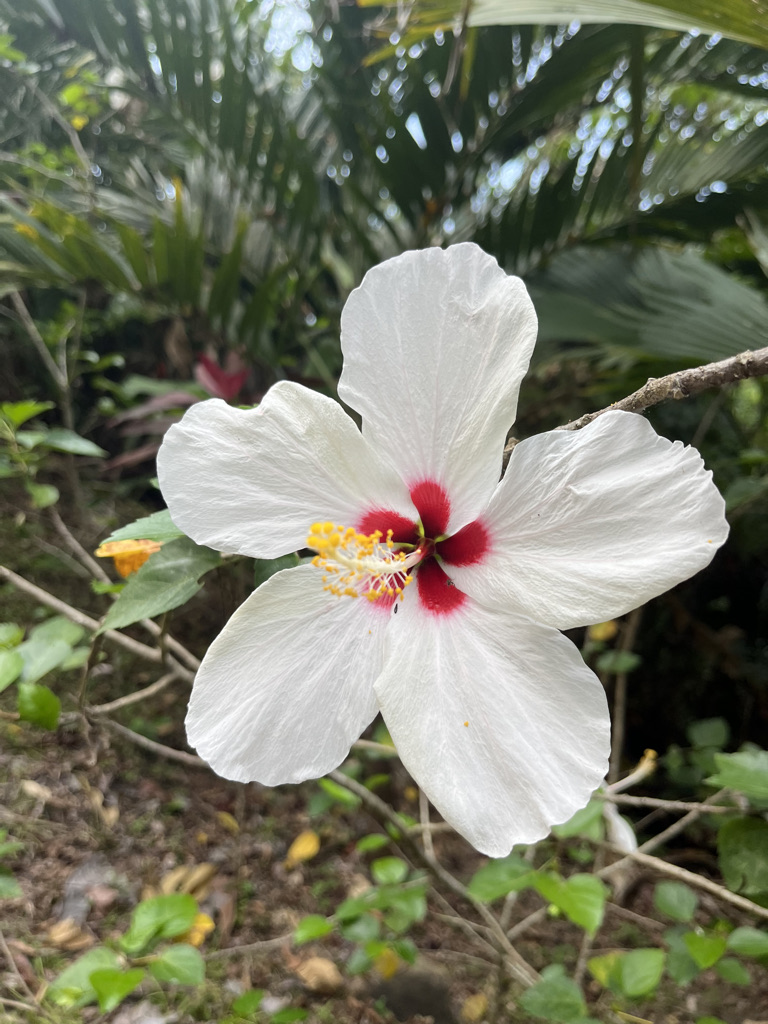
We stopped at an ecolodge for lunch before embarking on the second half of our day, which involved tubing down the Don Diego river. Since we visited at the end of the dry season, the river was low, creating a leisurely one-hour float through stunning natural scenery. Along the way, we were able to spot howler monkeys and various bird species.
The highlight came when we reached the point where the Rio Don Diego flowed into the Caribbean sea. It was a truly breathtaking sight that left me saying "wow." After taking in the view, we took a short boat ride back to the car, where our driver was waiting to transport us back to the hotel.

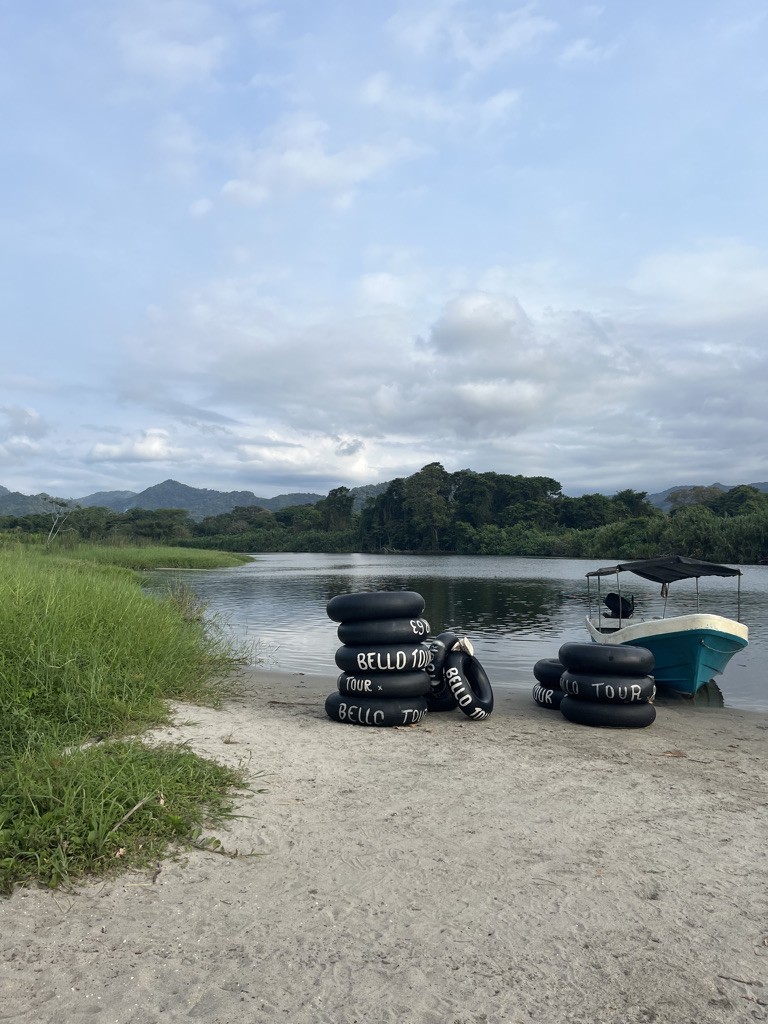

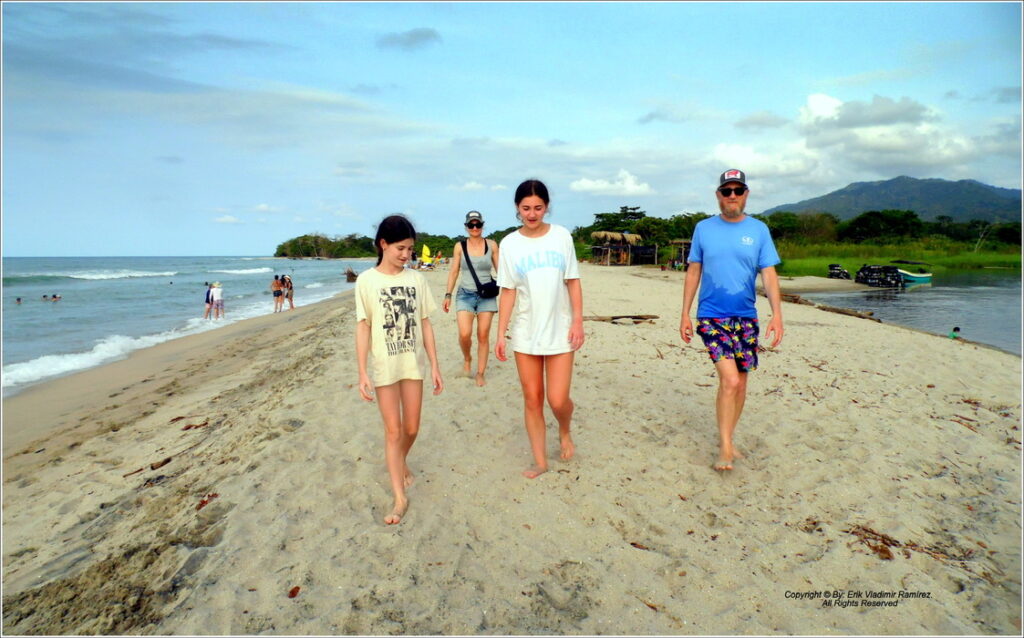
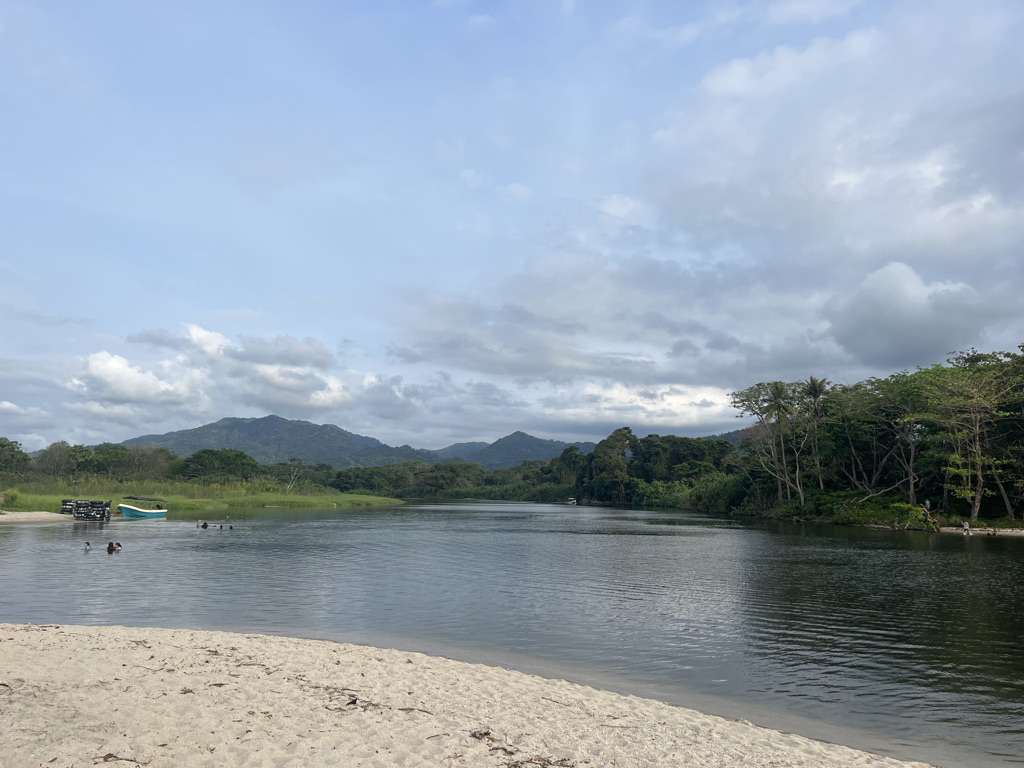
Day 7: Last day in Minca and Santa Marta
We had a few things left to check off our list, so after some prioritizing, we drove about an hour to Minca, a small village that used to be a coffee growers' community and is now a popular spot for backpackers. The village has become a tourist attraction due to its great hikes, secret waterfalls, bird watching, and coffee plantations. You can easily spend a day or two, but since it was our last day, we only had time to visit Finca Victoria coffee farm. It's located up a very windy, and in some parts unpaved road in the mountains.
La Victoria is the oldest coffee farm in Colombia, still completely self-sustaining, producing organic coffee using the original machinery from the 1890s. We took a tour lasting about an hour, but the time went by quickly with a great guide, Lorenzo who was passionate, knowledgeable, and engaging.
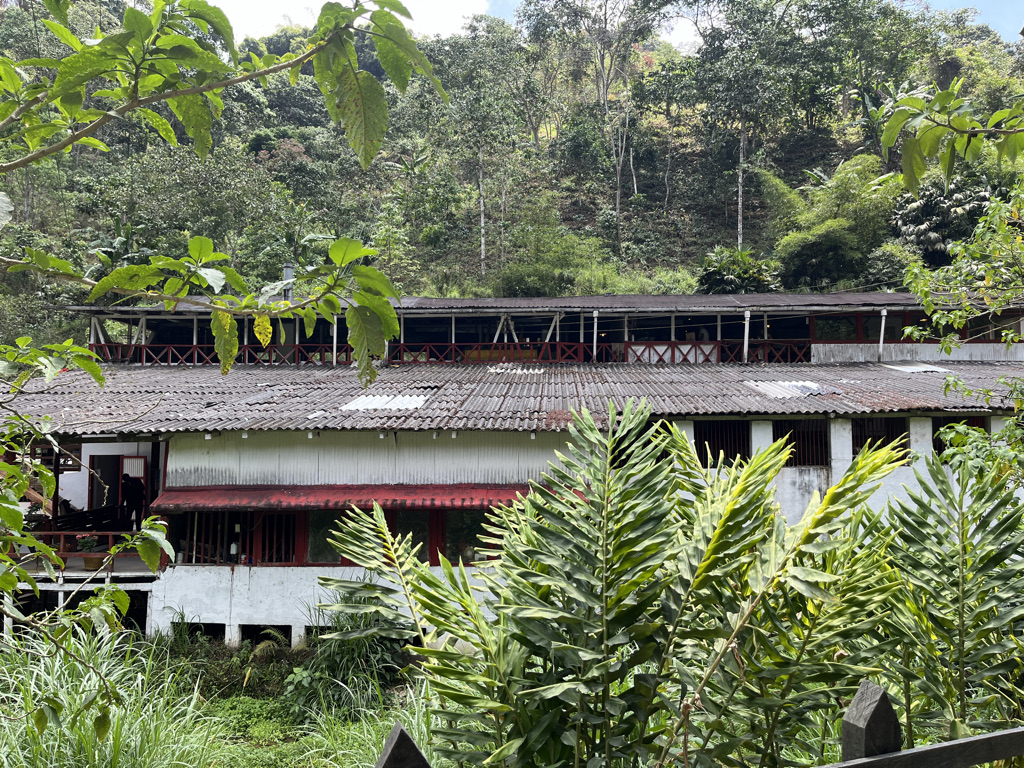

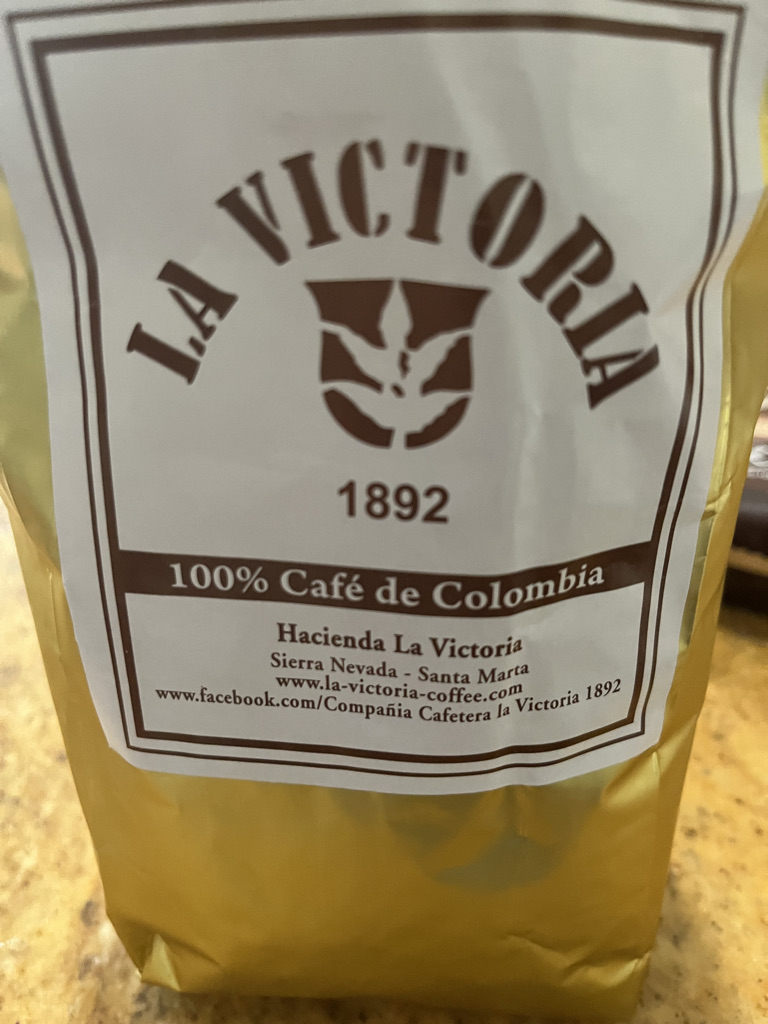
I really would've liked to spend more time in Minca, but with only one day left, we decided to continue and explore Santa Marta, the oldest city in South America. We had a terrific lunch at Guasimo in the historic district. After lunch, we took some time to walk through the Historic District and admire the city's architecture. I still wanted to checkout one of the nearby beaches, but the rest of the family insisted on heading back to the hotel and to chill by the pool.
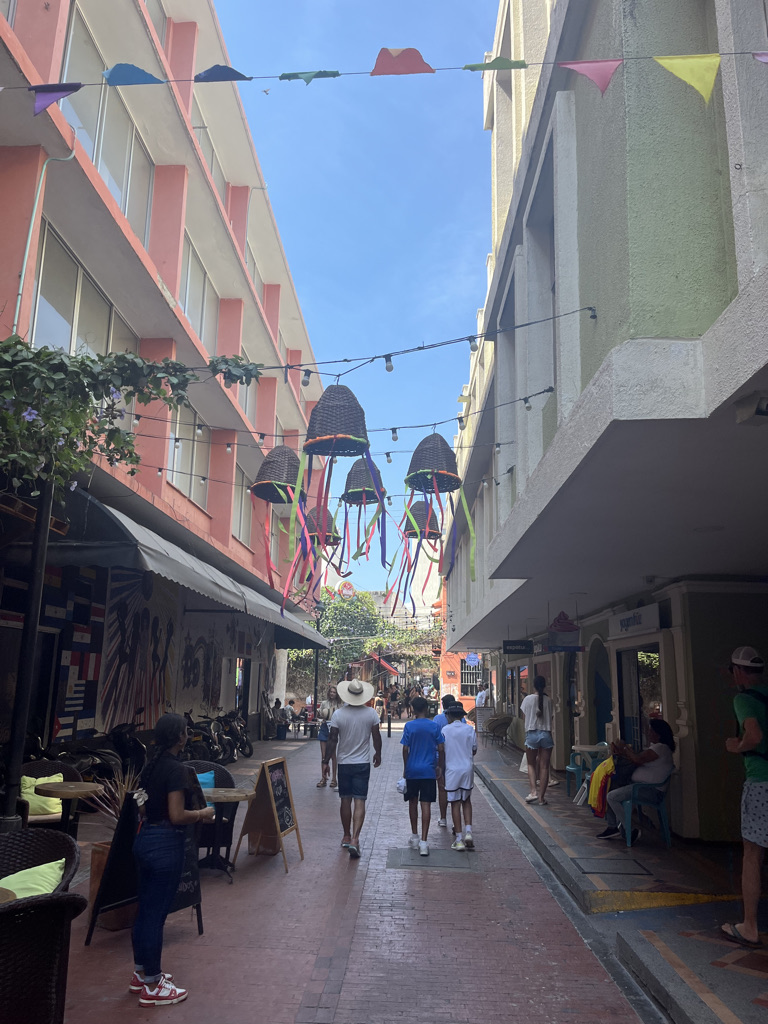

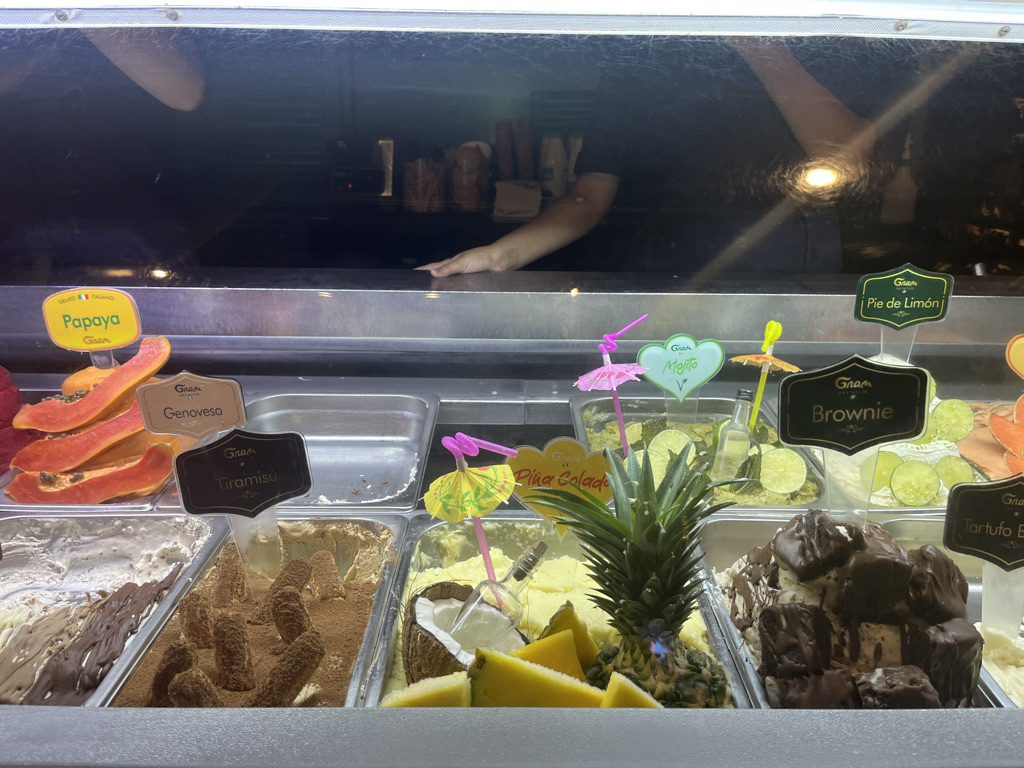
For our goodbye dinner, we went to a restaurant at the Mendihuaca beach. The only thing I regret is not discovering that place until our last night. The drive took us on the unpaved road to a parking lot. Once we paid a small entrance fee, we followed the lights and music, and arrived at the beach, lined with hostels, eco lodges, a few bars and small family restaurants offering delicious traditional menus. There was nothing better than burying your feet in the sand, siping a drink out of a coconut and enjoying a fresh ceviche and a whole grilled fish with coconut rice.
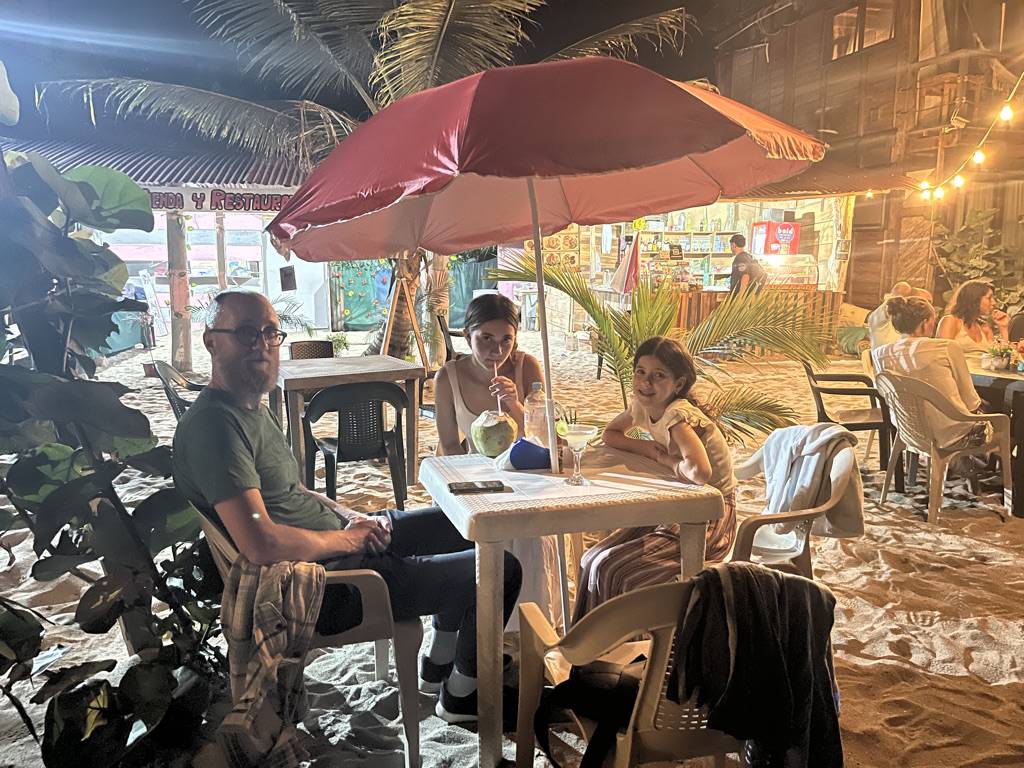
Overall, our trip to Colombia was amazing. We saw so many beautiful places, tried new foods, and met some wonderful people. It was definitely a vacation to remember!
